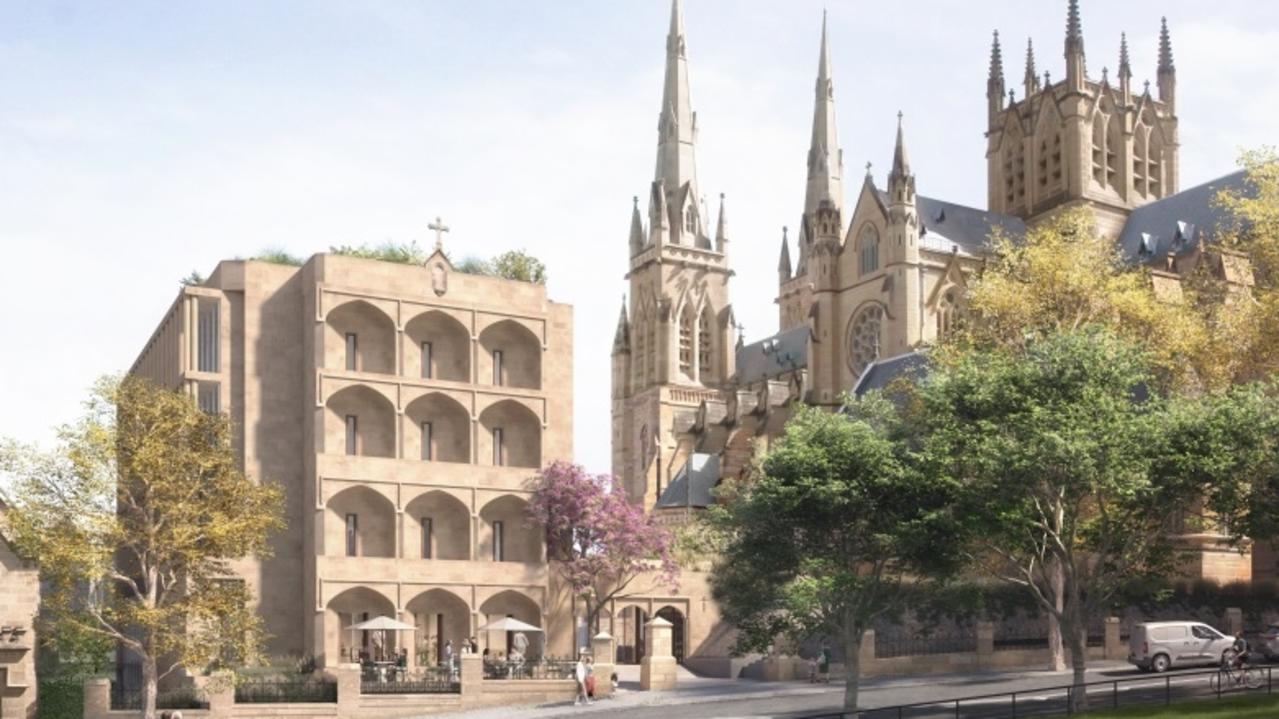NSW government executive numbers grow despite frontline pay freeze
The NSW Government has been forced to defend the hiring of top executives despite an election promise to slash them by 10 per cent.
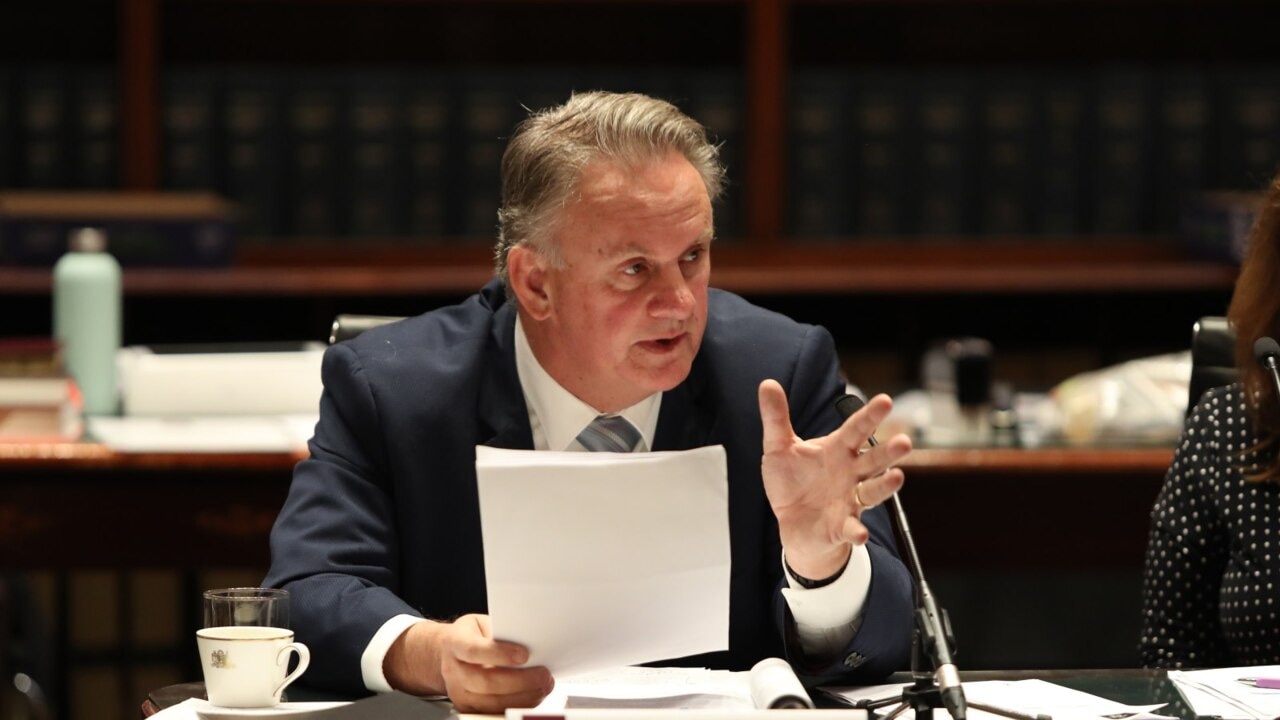
NSW
Don't miss out on the headlines from NSW. Followed categories will be added to My News.
NSW has flunked a key election promise to cut highly paid public servant fat cats despite freezing the pay of frontline workers including teachers and nurses.
Taxpayer dollars spent on these top tier public servants, who earn between $250,000 and $600,000 a year, were meant to be slashed by 10 per cent each year.
But data contained in annual reports reveals senior executives across the government have grown — by as much as 11 per cent on one measure — since the promise was made.
Separate data, held by the Public Service Commission, claimed just a tiny 1.56 per cent decline in almost 18 months — well below the target.
NSW Finance Minister Damien Tudehope defended the government’s hiring of top executives this morning after The Daily Telegraph revealed the broken election promise.
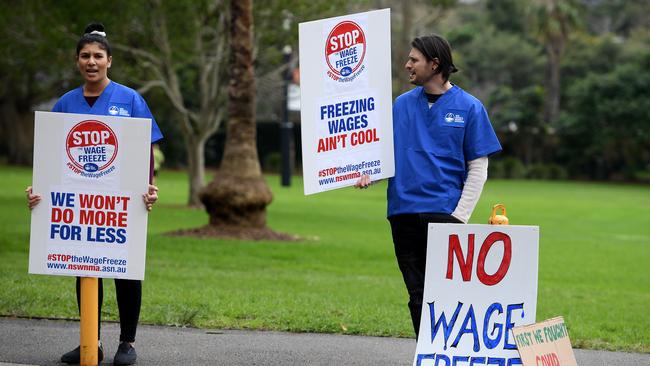
Appearing at a budget estimates hearing, Mr Tudehope said NSW owes the highly paid public servants “a huge debt of gratitude”.
Asked repeatedly about how the government had failed its election commitment to cut the top paid executives by 10 per cent a year, he replied: “it is a difficult analysis to do in terms of the increase in executive positions”.
Asked why the government had “gone on a hiring spree” of top public servants,
Mr Tudehope replied: “the emphasis of the government in relation to the pandemic has been to create jobs in NSW”.
He complained no less than five times to shadow finance spokesman Daniel Mookhey that Labor should have quizzed other ministers on the matter rather than ask him about portfolios he doesn’t run.
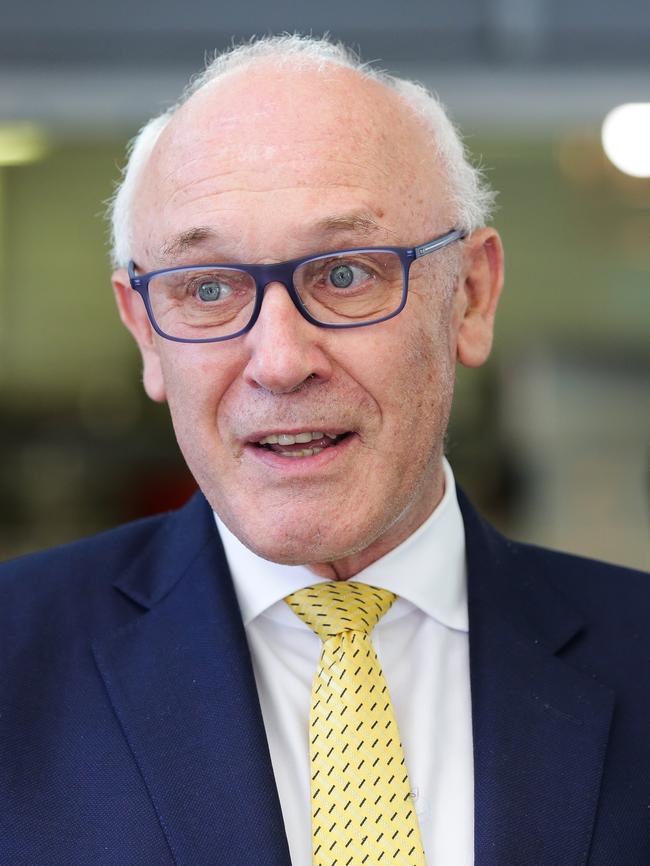
Mr Mookhey replied that it was the job of the finance minister to do cost control.
Mr Tudehope seemed to repeatedly sidestep the question when asked to confirm exactly how many extra senior executives had been hired in the past financial year.
Asked directly again if the number of high paid executives had increased by 203 – when it should have decreased by more than 300 on the government’s own election promise – Mr Tudehope responded: “I accept that the NSW government has responded appropriately to the pandemic and has employed people to give the appropriate response to the pandemic”.
He said the increase should be viewed in the context of hiring more front line workers for the pandemic.
He stood by the government’s decision to freeze frontline worker pay, and conceded he had received a permanent $17,000 pay rise himself for a promotion – which he said he donated to his brother’s branch of the St Vincent De Paul soup kitchen in Melbourne.
“I gave him the whole of the money I received by way of pay increase,” he said.
Mr Tudehope said “language which recognises the enormous contribution” of the high paid executives should be used, and that calling them “fat cats” was inappropriate.
Upper house Labor member John Graham said health and transport were excluded from the promise to cut senior executives, questioning Mr Tudehope’s repeated pointing to the pandemic when explaining the numbers.
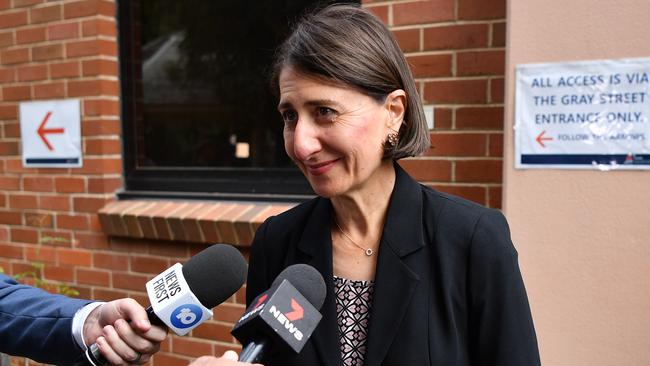
In an earlier statement, a government spokesman said: “The twin impacts of COVID-19 and bushfires in 2020 had a major impact across the entire state, and the Government’s focus has been on ensuring we had the capability, including staff, to deal with these significant challenges.
In NSW Treasury itself, the 2019/20 annual report shows there were 105 top paid public servants in 2018/19, rising to 124 this financial year.
Fat cats in the Premier’s department rose from 83 to 86.
The NSW Department of Planning Industry and Environment annual report of 2018/19 shows 157 public servants, while the 2019/20 report shows 285.
Other departments, such as customer service, saw a decline, but the overall annual report figures across the entire government rose from 1816 to 2019.
Separate Public Service Commission data, provided by a government source, claimed a small decline from 2113 to 2080 — a larger total number of senior public servants than the annual reports themselves reveal and well below the target.
The original election promise, costed by the parliamentary budget office in March 2019 noted that health, police, teaching, transport and crown services executives in Sydney Trains and NSW Trains would be excluded from the cuts.
It was meant to save $32.9 million in 2019-20 alone and $224 million in total by 2022-23.
Read related topics:Gladys Berejiklian



